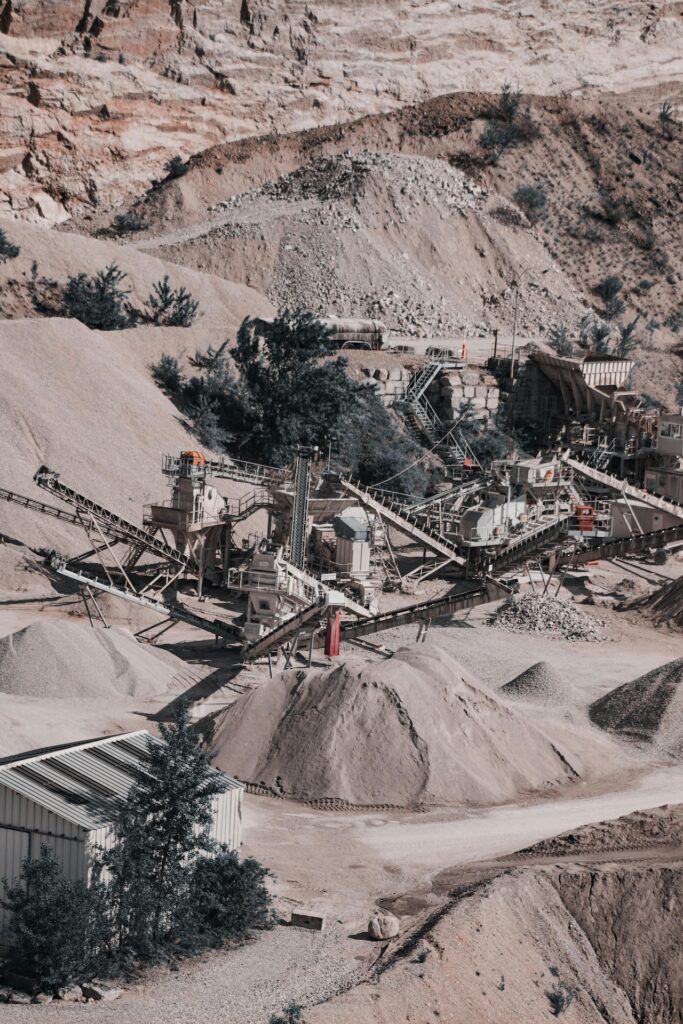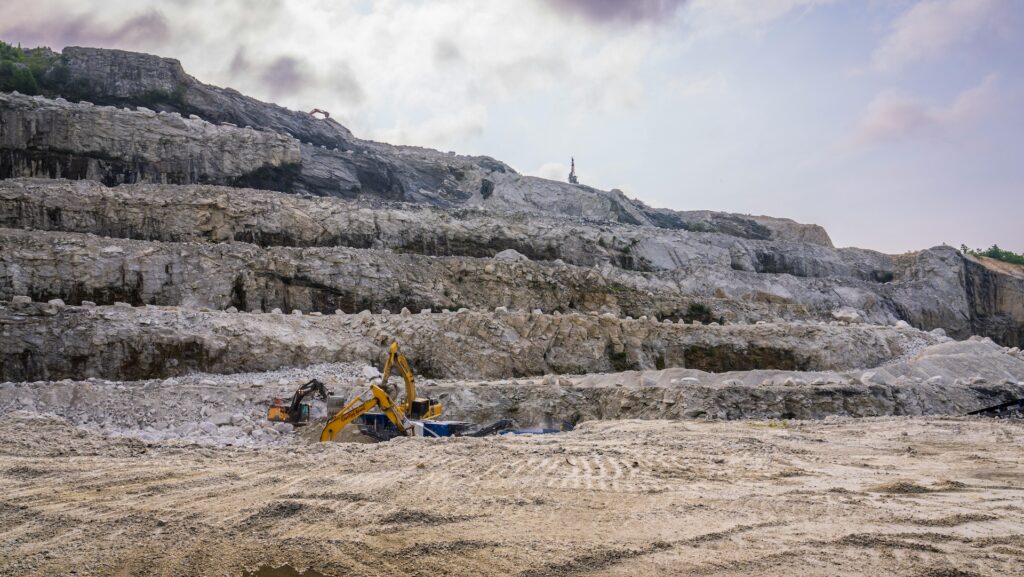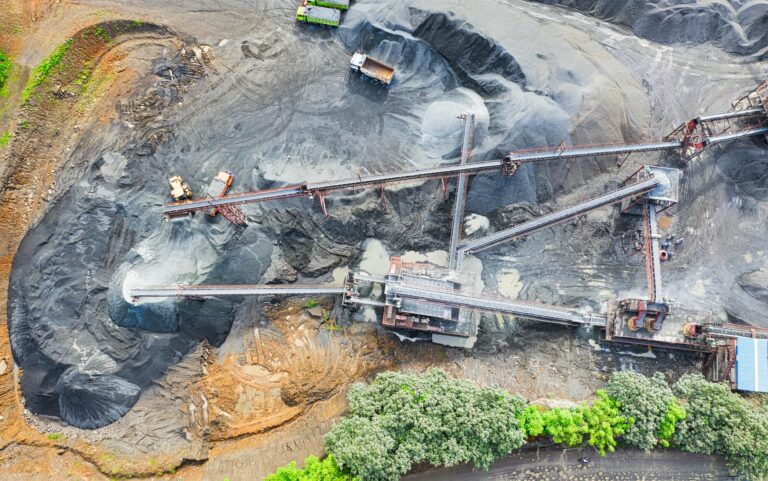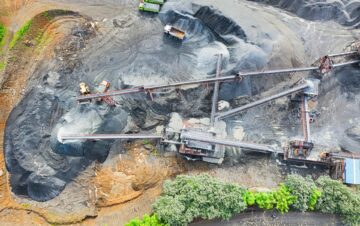When it comes to producing high-quality concrete, the importance of aggregate cannot be overstated. While most construction professionals focus on cement and admixtures, the shape of aggregates plays a crucial role in concrete performance. Two popular types of crushers—Jaw Crushers and Vertical Shaft Impact (VSI) Crushers—produce distinctly different types of aggregate. This blog dives into VSI vs. jaw crushers, their differences, and why VSI crushers could be the game-changer in optimizing your concrete mix.
Explore 12 Futuristic Technology Trends Solving Concrete's Biggest Challenges.
1. Understanding the Crushers
Jaw Crushers: The Workhorse of Crushing
Jaw crushers are widely used in primary crushing. They rely on compression: two jaw plates move back and forth to crush large rocks into smaller fragments. While effective at reducing rock size, they tend to produce angular, flat, and elongated particles, often referred to as laminar aggregates.
VSI Crushers: The Master of Shape
VSI crushers, on the other hand, operate differently. By leveraging high-speed impact and rock-on-rock crushing mechanisms, they break down particles into more rounded and cubical shapes. VSI machines can work as both primary and secondary crushers, giving them versatility.

2. The Shape Factor: Why It Matters
Cubical vs. Laminar Aggregates
- Cubical Aggregates: These aggregates have a higher surface area-to-volume ratio, enabling better bonding with cement paste. They improve concrete’s structural integrity and finishability.
- Laminar Aggregates: Flatter and elongated particles can lead to weak points in the concrete matrix, increasing the risk of cracking and reducing workability. Such aggregates can also trap bleeding water underneath them during the consolidation and curing period, generating weak points.
Impact on Workability
Concrete with cubical aggregates is more flowable, requiring less paste to achieve desired slump levels. This reduces water and cement demand, improving the mix’s overall performance.
3. Optimizing Mix Design
Lower Cement Content
The use of cubical aggregates allows for better particle packing in the mix. This can lead to a reduction in the amount of cement required without compromising strength or durability. In addition to cost savings, lowering cement content reduces the concrete’s carbon footprint, contributing to more sustainable construction practices.
Enhanced Strength and Durability
Cubical aggregates create a more homogenous mix, which can improve the concrete strength. This is particularly important in critical applications like high-rise buildings and infrastructure projects.
It is worth noting that, having more cubical aggregates alone won’t be the sole factor of reducing the cement content. Concrete technology must be applied thoroughly to ensure a correct packing model is used.
Read our blog on concrete mixtures and sustainability. Click here!
4. Cost vs. Benefit: Is VSI Worth It?
While VSI crushers often come with a higher initial cost than jaw crushers, the long-term benefits can outweigh the investment:
- Reduced Material Costs: Lower paste requirements mean less cement and water.
- Improved Performance: Higher concrete strength and durability can lead to longer-lasting structures.
- Sustainability Benefits: Reducing cement usage contributes to lower carbon emissions, aligning with green building initiatives.
5. Real-World Applications
In recent projects, companies using VSI crushers have reported:
- Reduction in cement content
The use of cubical aggregates from VSI crushers allows for better particle packing in concrete mixes. This optimized packing reduces voids, leading to a decrease in the amount of cement required to achieve desired strength and durability. Studies have shown that incorporating VSI-produced aggregates can lead to a reduction in cement content by approximately 10-15%.
- Enhanced workability
Cubical aggregates improve the flowability of concrete, making it easier to work with and reducing the need for additional water or chemical admixtures. This enhancement in workability is particularly beneficial in applications where precise placement and finishing are critical.
- Better surface finishes, especially in exposed concrete applications
The uniform shape and size of VSI-produced aggregates contribute to smoother and more aesthetically pleasing concrete surfaces. This quality is especially advantageous in exposed concrete applications, where surface appearance is paramount.

Conclusion
Selecting the right crusher for your aggregate production is crucial for optimizing your concrete mix design. While jaw crushers are dependable for basic crushing, VSI crushers excel in producing cubical aggregates that significantly enhance concrete workability, reduce material costs, and boost overall mix efficiency.
However, the choice of crusher shouldn’t hinge solely on economic considerations. The nature of the aggregate material—whether it’s limestone, basalt, or granite—also plays a critical role. In some cases, jaw crushers may deliver adequate performance for the specific application. Therefore, a comprehensive analysis of the project’s requirements and material properties is essential to determine the most suitable crushing solution.










